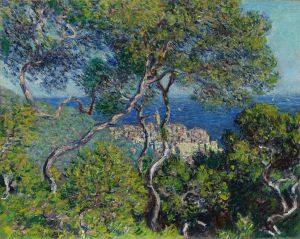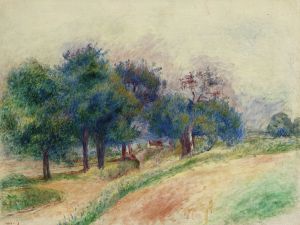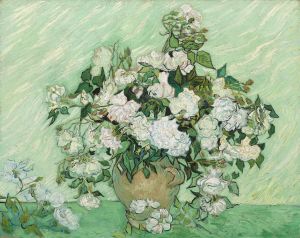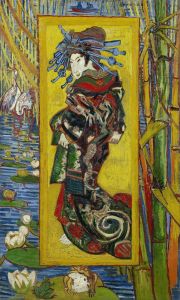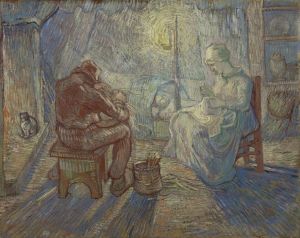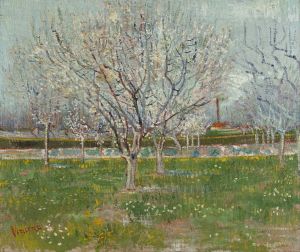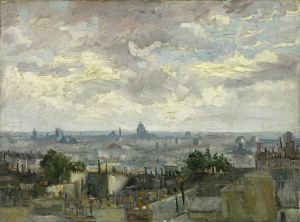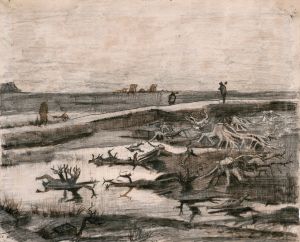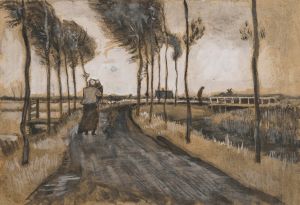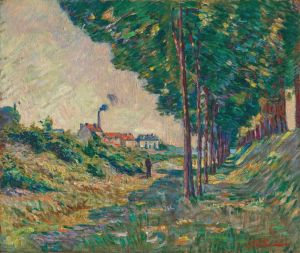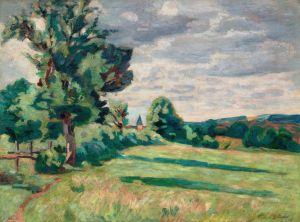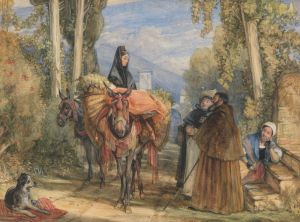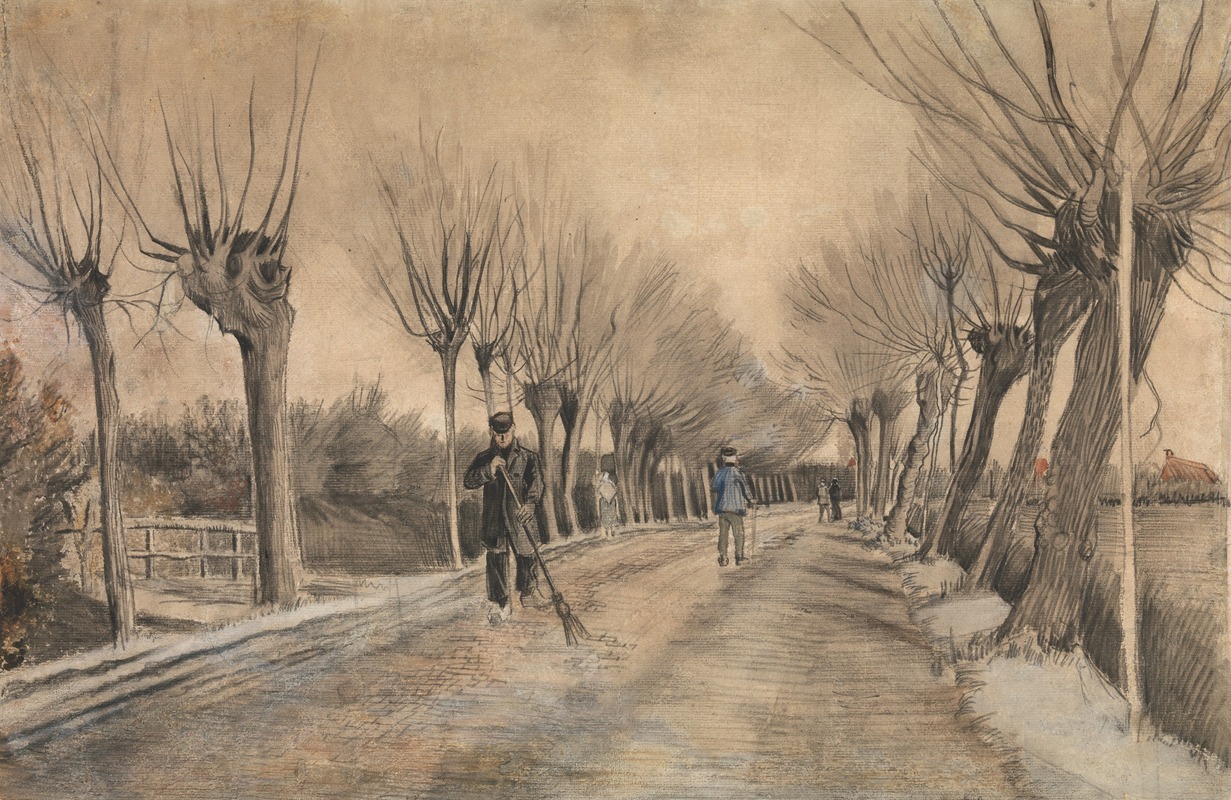
Road in Etten
A hand-painted replica of Vincent van Gogh’s masterpiece Road in Etten, meticulously crafted by professional artists to capture the true essence of the original. Each piece is created with museum-quality canvas and rare mineral pigments, carefully painted by experienced artists with delicate brushstrokes and rich, layered colors to perfectly recreate the texture of the original artwork. Unlike machine-printed reproductions, this hand-painted version brings the painting to life, infused with the artist’s emotions and skill in every stroke. Whether for personal collection or home decoration, it instantly elevates the artistic atmosphere of any space.
"Road in Etten" is a painting by the Dutch post-impressionist artist Vincent van Gogh. This artwork was created in 1881 during a period when van Gogh was living in Etten, a small town in the Netherlands. The painting is notable for its depiction of a rural scene, which reflects van Gogh's early interest in capturing the essence of the Dutch countryside.
Vincent van Gogh was born on March 30, 1853, in Groot-Zundert, Netherlands. He is one of the most famous and influential figures in Western art history. His works are characterized by bold colors, dramatic, impulsive, and expressive brushwork that contributed to the foundations of modern art. However, during his lifetime, van Gogh struggled with mental illness and remained relatively unknown, selling only a few paintings.
In 1881, van Gogh moved to Etten to live with his parents. This period marked a significant phase in his artistic development. He began to focus more seriously on his art, producing numerous drawings and paintings. "Road in Etten" is one of the works from this period, showcasing his evolving style and technique.
The painting depicts a quiet, rural road lined with trees, leading the viewer's eye into the distance. The composition is simple yet effective, capturing the tranquility and simplicity of the Dutch countryside. Van Gogh's use of color in this painting is relatively subdued compared to his later works, with earthy tones dominating the palette. The brushwork is also more restrained, reflecting his early experimentation with different techniques.
"Road in Etten" is significant because it represents van Gogh's early attempts to master the depiction of landscapes. This period in Etten was crucial for van Gogh as he honed his skills and developed his unique artistic voice. The painting also provides insight into his connection with nature and his desire to capture the beauty of the world around him.
Van Gogh's time in Etten was relatively short-lived. By the end of 1881, he had moved to The Hague to study with his cousin-in-law, the artist Anton Mauve. This move marked another important step in his artistic journey, as he continued to develop his style and technique.
Today, Vincent van Gogh is celebrated as one of the greatest artists of all time. His works, including "Road in Etten," are held in high regard and are displayed in museums and galleries around the world. The painting serves as a testament to his early development as an artist and his enduring legacy in the world of art.





